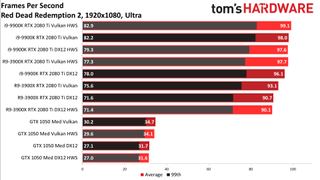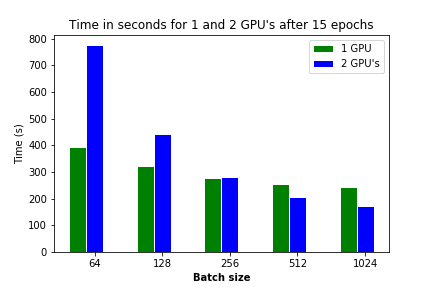

- #Gpu compare tool how to#
- #Gpu compare tool drivers#
- #Gpu compare tool update#
- #Gpu compare tool driver#
- #Gpu compare tool full#
All of this information from the profiler is visualized for the user in TensorBoard.
#Gpu compare tool how to#
This new profiler collects both GPU hardware and PyTorch related information, correlates them, performs automatic detection of bottlenecks in the model, and generates recommendations on how to resolve these bottlenecks.
#Gpu compare tool full#
The new PyTorch Profiler ( torch.profiler) is a tool that brings both types of information together and then builds experience that realizes the full potential of that information. There was also the autograd profiler ( ) which can capture information about PyTorch operations but does not capture detailed GPU hardware-level information and cannot provide support for visualization. In order to recover missed information, users needed to combine multiple tools together or manually add minimum correlation information to make sense of the data. There were standard performance debugging tools that provide GPU hardware level information but missed PyTorch-specific context of operations. For a long time, PyTorch users had a hard time solving this challenge due to the lack of available tools. Developed as part of a collaboration between Microsoft and Facebook, the PyTorch Profiler is an open-source tool that enables accurate and efficient performance analysis and troubleshooting for large-scale deep learning models.Īnalyzing and improving large-scale deep learning model performance is an ongoing challenge that grows in importance as the model sizes increase. AMD FSR technology is open source and runs on a wide range of graphics processing units (GPUs) from all vendors.Maxim Lukiyanov - Principal PM at Microsoft, Guoliang Hua - Principal Engineering Manager at Microsoft, Geeta Chauhan - Partner Engineering Lead at Facebook, Gisle Dankel - Tech Lead at FacebookĪlong with PyTorch 1.8.1 release, we are excited to announce PyTorch Profiler – the new and improved performance debugging profiler for PyTorch. To run the AMD FSR feature test, you must have a GPU that supports AMD FSR or later.You also need Windows 11 or Windows 10 64-bit, version 20H2 or newer. XeSS compatible GPUs include Intel Arc GPUs, as well as AMD Radeon and NVIDIA GeForce GPUs with Shader Model 6.4 support. To run the Intel XeSS feature test, you must have a GPU that supports Intel XeSS and Microsoft DirectX Raytracing Tier 1.1.We recommend using a 3.0 GHz quad-core processor or better when testing ultra-fast storage. The 3DMark Storage Benchmark needs 30 GB of free strorage space to run the test.DLSS Frame Generation requires a GeForce RTX 40 Series GPU and Reflex SDK integration.

DLSS 3 requires a GeForce RTX 40 Series GPU. The NVIDIA DLSS feature test requires an NVIDIA graphics card that supports DLSS.The VRS feature test requires Windows 10 version 1903 or later and a DirectX 12 GPU that supports Variable-Rate Shading.The PCI Express feature test requires a DirectX 12 compatible discrete graphics card.
#Gpu compare tool drivers#
#Gpu compare tool driver#
The DirectX Raytracing feature test requires Windows 10 Version 2004 or later and a DirectX 12 compatible graphics card with driver support for DirectX Raytracing Tier 1.1.
#Gpu compare tool update#


 0 kommentar(er)
0 kommentar(er)
